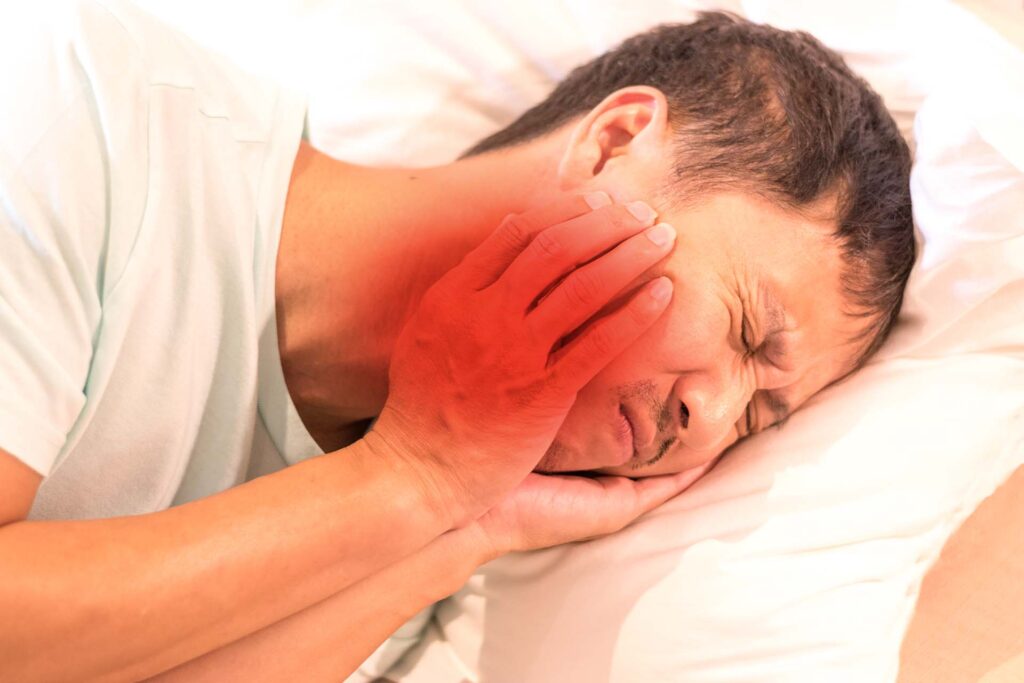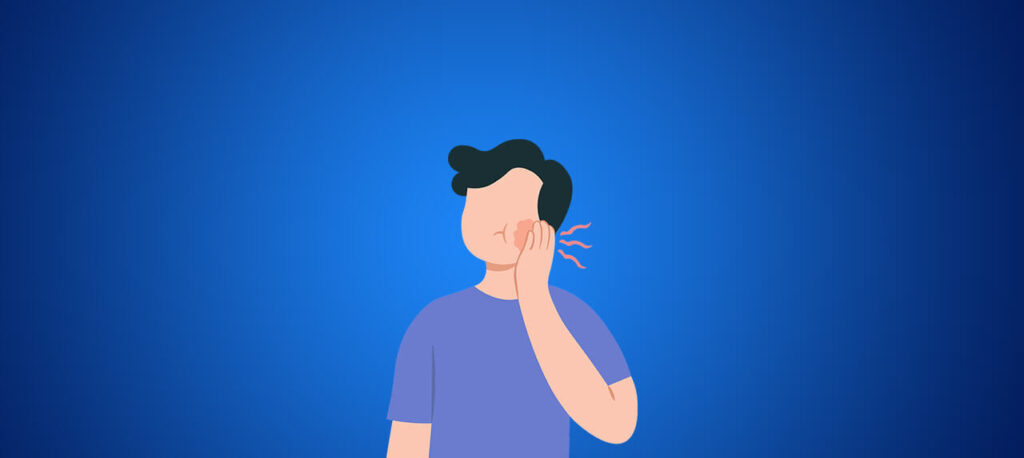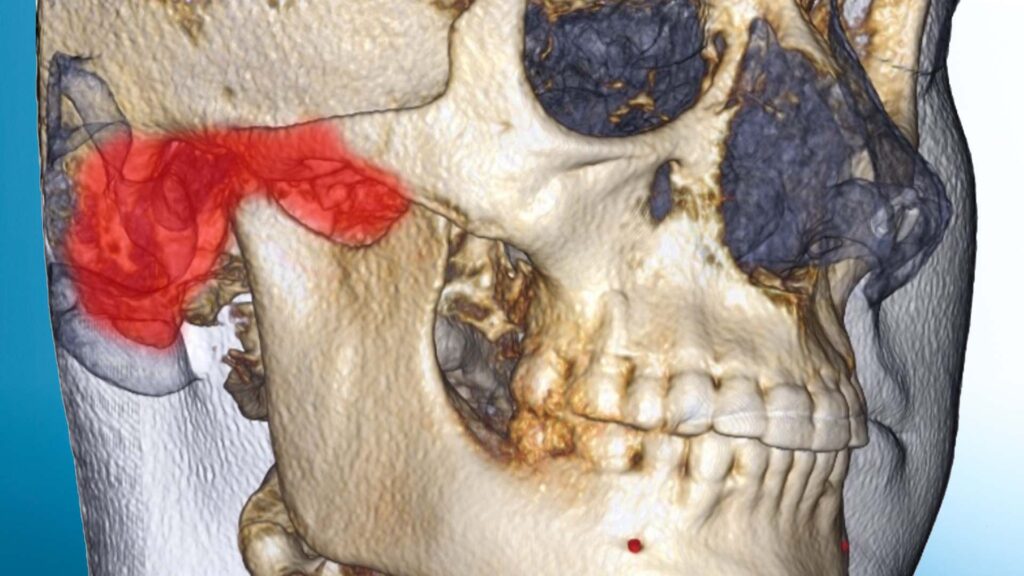What is the temporomandibular joint (TMJ)?
TMJ therapy refers to operating on a group of health problems that may be associated with your TMJ, it can also be referred to as TMJD (Temporomandibular Joint Disorders). These disorders may include;
- Tenderness
- Local pain and swelling
- Mobility issues
Temporomandibular Joint (TMJ) Fast Facts
- TMJ disorders can occur from a variety of issues.
- Most treatments can be done at home by the patient.
- It’s nearly impossible for a patient to diagnose the TMJ disorders by themselves.
During your dental checkups, the dentist will check your jaw to the point where it hinges open and closes. They may ask you to also open and close your mouth a few times to make sure there are no issues. What they are doing is checking for a range of issues and complications that may occur in the temporomandibular joint (TMJ).
TMJ therapy refers to operating on a group of health problems that may be associated with your TMJ, it can also be referred to as TMJD (Temporomandibular Joint Disorders). These disorders may include;
- Tenderness
- Local pain and swelling
- Mobility issues

Temporomandibular Joint Causes
Since the origin of TMJ can be vague, it is a difficult issue to diagnose what initially caused it to occur in the first place. Some of the causes that may be at the root of the issue may be:
- Arthritis
- Joint erosion
- Teeth grinding (bruxism)
- Structural problems
Temporomandibular Joint Symptoms
Your TMJ symptoms will also vary, this can make it difficult for the patient to recognize that there is a direct cause for this issue. Pain and discomfort may come directly from the joint, or from the area surrounding the joint. Some common symptoms from TMJ are:
- Pain in the face & or the neck
- Muscle stiffness in the jaw
- Limited jaw mobility
- Lockjaw
- Noises from the TMJ area (these manifest as clicks or pops)
- Change in the alignment of the upper and lower mandibles

How is TMJ Diagnosed?
The initial tests the dentists perform may range from:
- Feeling the TMJ area for swelling, or other tactile symptoms
- X-rays of the jaw
- CT scans of the jaw
- Or an MRI
How can the Temporomandibular Joint be treated?
If TMJD occurs, there are a variety of DIY methods that may be recommended to fix the issue, some of these at-home methods include:
- Having a soft food diet
- A cold compress on the TMJ area
- Minimizing jaw movement
- Reducing stress
- Stretching your jaw with specific exercises

If your symptoms don’t improve, you will need help from your dentist:
- Pain medication
- Stabilization splints
- Cognitive-behavioral therapy
Can TMJ be prevented?
If the issue resulted from a genetic disorder or birth defect, then it cannot be prevented. You may also develop issues later on in life such as arthritis which can have a variety of causes outside of your control. The best way to “prevent” TMJD, is to be aware of the factors in life you do have control over, like bruxism, or stress management. Though, if you do get it, it was most likely a factor that was not your fault.
The good news is that TMJD rarely needs to have serious treatments, mindfulness of the disorder is the best chance to treat it using the strategies listed in the previous section of the article.
